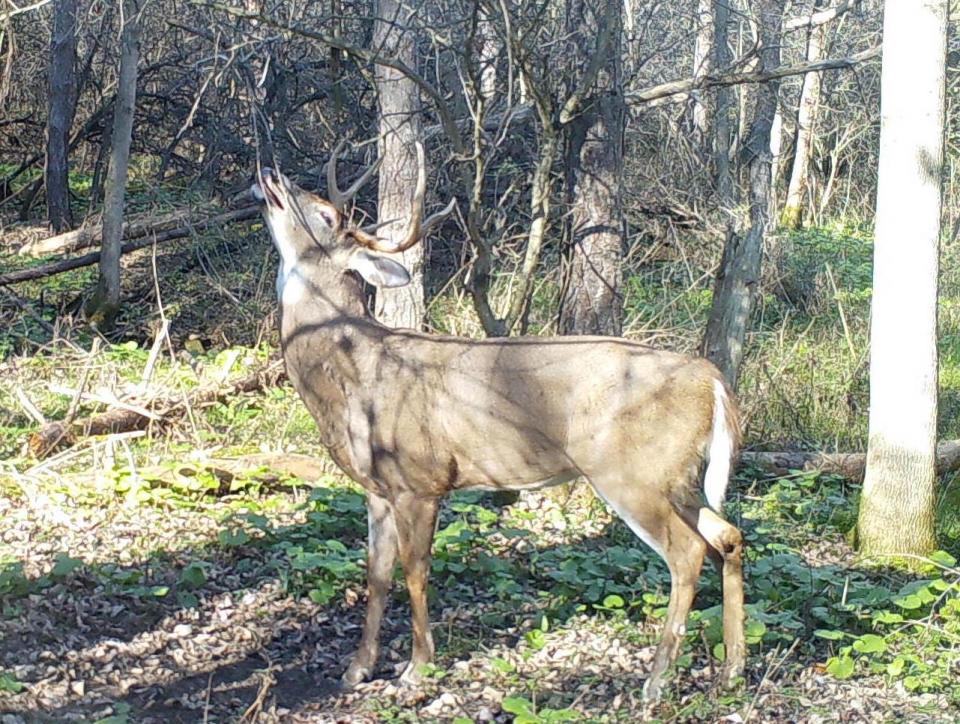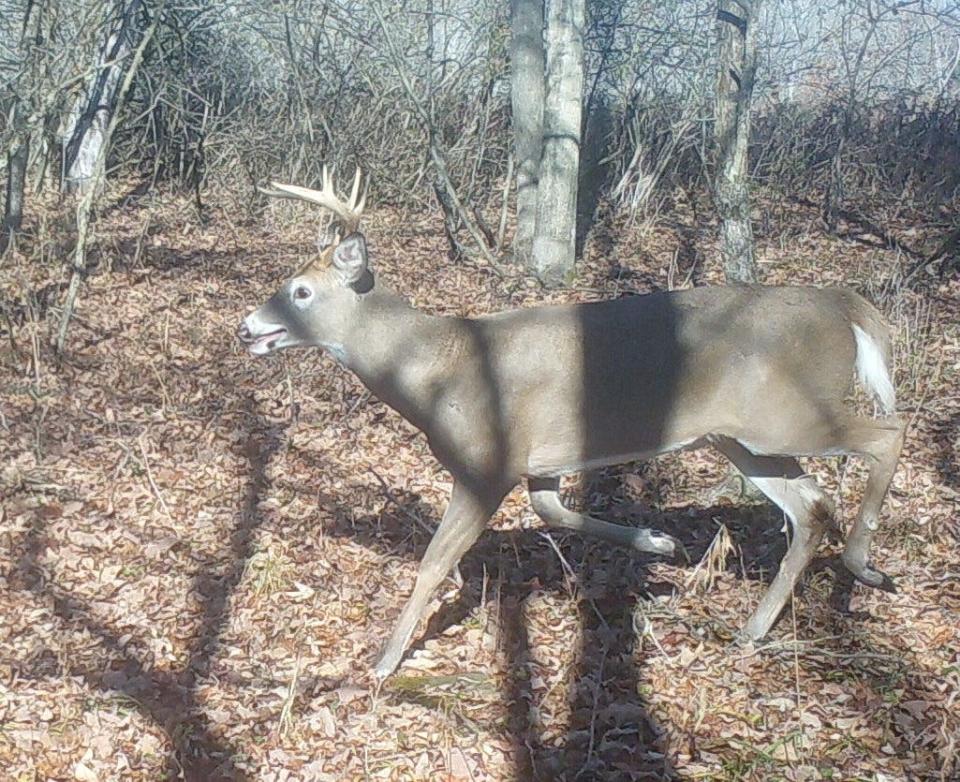Deer hunters: Here's when you can take advantage of the first rut this fall
Bow hunters in the Northeast and the Midwest are set up this year to have a more exciting than average early deer season.
Like "Christmas in October."
Due in large part to the moon phases this year, archers should see a greater than average churning of early rutting action beginning during the middle of October, to be followed by a second rut during the middle of November later in 2023.
Each season, the story of the annual whitetail rut unfolds, but the peaks of activity shift.
As many would admit, late October last season (in 2022) was pretty much a dud and the dreaded phrase “The October Lull” was reborn again like a zombie that can’t be killed.
Fruitless hours.
Endless time on stand, as we search and wait for the answer in the form of a whitetail.
But technology has given us a gift containing revelations.
Billions of digitally carved bits of data are held in the SIM circuits on those little plastic cards we pop into our trail cameras.
And now we own digital records of what is going on in the outdoors.
Hunters can now parse the why's and wherefores of the rut, and recount the various modifiers — from ambient day and nighttime temperatures, weather fronts, hunting pressure, barometric pressure, moon phases, herd sex ratio and age structure.

Trail cameras, like real science, have no personal axe to grind or theory to support or attack.
Photos and videos show us pure empirical evidence.
It is up to us to simply interpret the images on the screen and see the pattern.
But, easier said than done.
Sometimes our old favorite ideas cloud our comprehension.
Hard to say goodbye to an old pet or a favorite idea.
To paraphrase: “Many a beautiful theory has been destroyed by a ruthless gang of facts.”
After obsessively running game cameras set up on whitetail scrapes for the last 20 years, revealing thousands of jpegs and vid clips of deer at the scrape and overhanging branch, a predictable early rut pattern has emerged as ancillary to the annual unfurling of the major rut peak.
In other words, the idea of the unitary rut, happening each year, is now shown to only happen occasionally.
And multiple dates of two or three flushes of fawn drops in May and June sanctifies the notion.
Related: Whitetail rut prediction for 2023: What to expect while deer hunting this fall
Patterning whitetail deer has a long and rich history in the written word.
Some might interpret the movement pattern in whitetails, observed on their camera, as a feeding pattern, while another may argue it as movement in relationship to the rut, and yet another escape, or even flight behavior.
Unraveling these patterns of whitetails is not easy.

We often see what we are oriented to see — movement reflecting, say, the effect of nearby food plots, rut lures, other hunter intrusion, or pinch points and funnels.
There is really no evident right or wrong here, just different perspectives on what we believe is the driving, or ascendant principal that makes Mr. Buck show up (or not) when we have forecast his appearance and put our time on the line.
But with a bit of reflection and a ton of hours spent on stand for 50 years, a terabyte of trail cam images of whitetails in the woods during the seasons, and with an Excel spreadsheet recording the past, answers to our early puzzles clarify and become more transparent.
One could say that whitetails evidence multi-dimensional behavior.
And while we are in our tree stand the buck is feeding a bit, wandering in search of love (hopefully in the wrong places ... like under my stand) and using the darkest, dense cover and air movement to sneak up on friend and foe alike.
More: How deer hunting practices have changed over the years as bow season draws near
With careful, thoughtful, and judicious scouting we can reconnect with the primary scrape sites from the past, often partially determined from the current food sources, movement zones, and current doe preferences.
Depending upon the various aspects of any whitetail buck's pattern, we can not only predict his arrival with a greater degree of certainty but set ourselves up to be there ahead of time because we have a better understanding of the past.
We know that if history repeats, this year, as we hunt through Mid-October, this season we should experience a first major rut peak here in the Northeast and Midwest.
But it is up to us to carefully position ourselves to take advantage of this upcoming exciting time, and then of course to execute.
— Oak Duke writes a weekly column.
This article originally appeared on The Evening Tribune: Deer hunters: Take advantage of the first rut this hunting season

